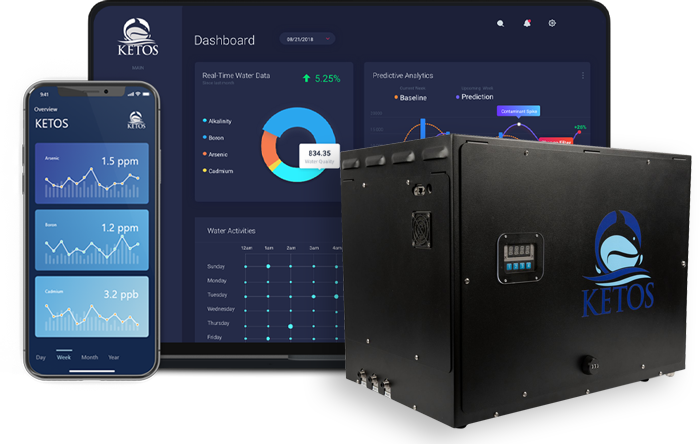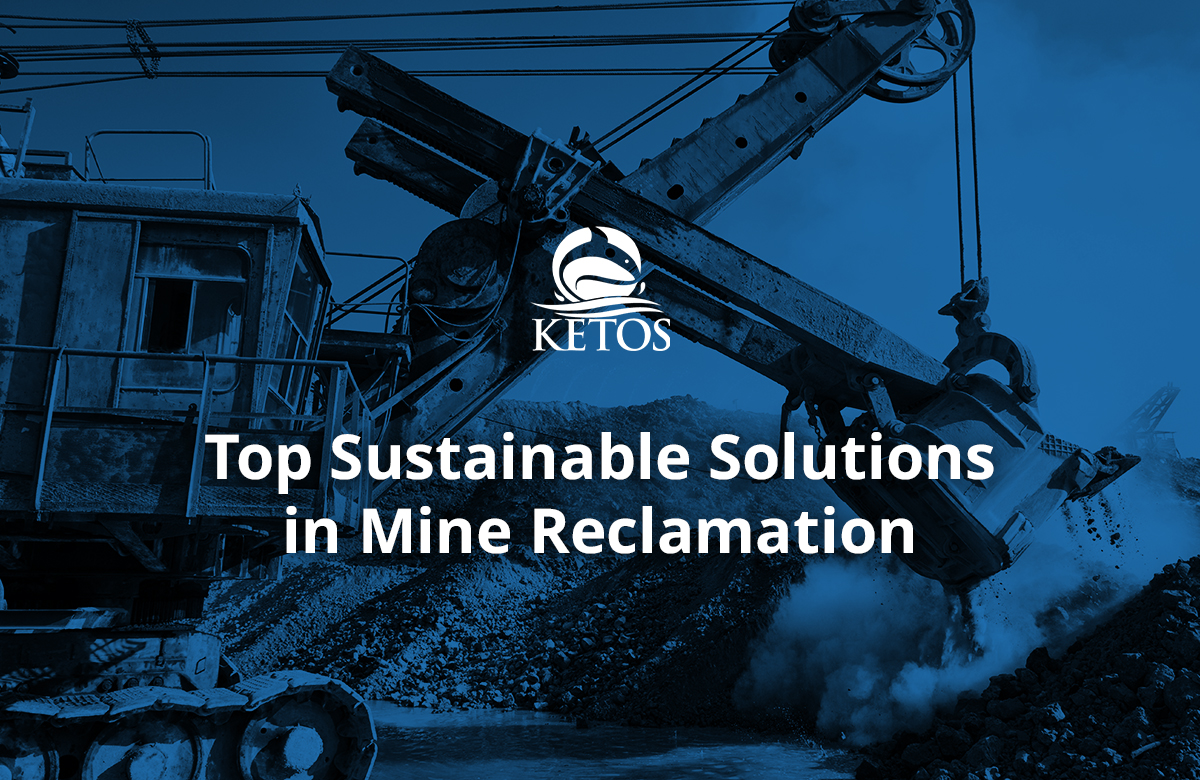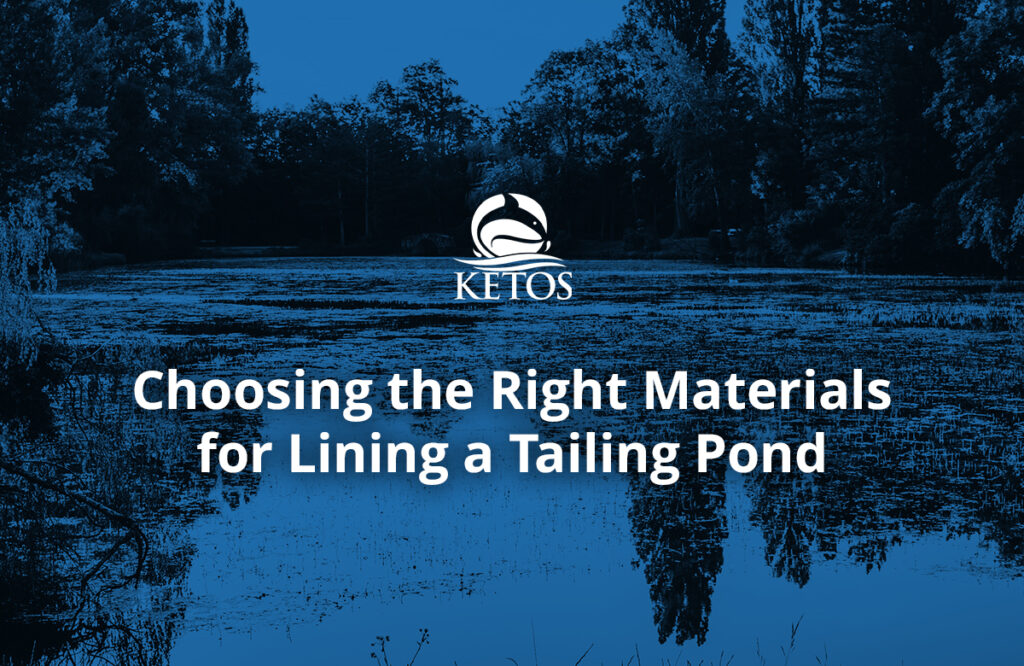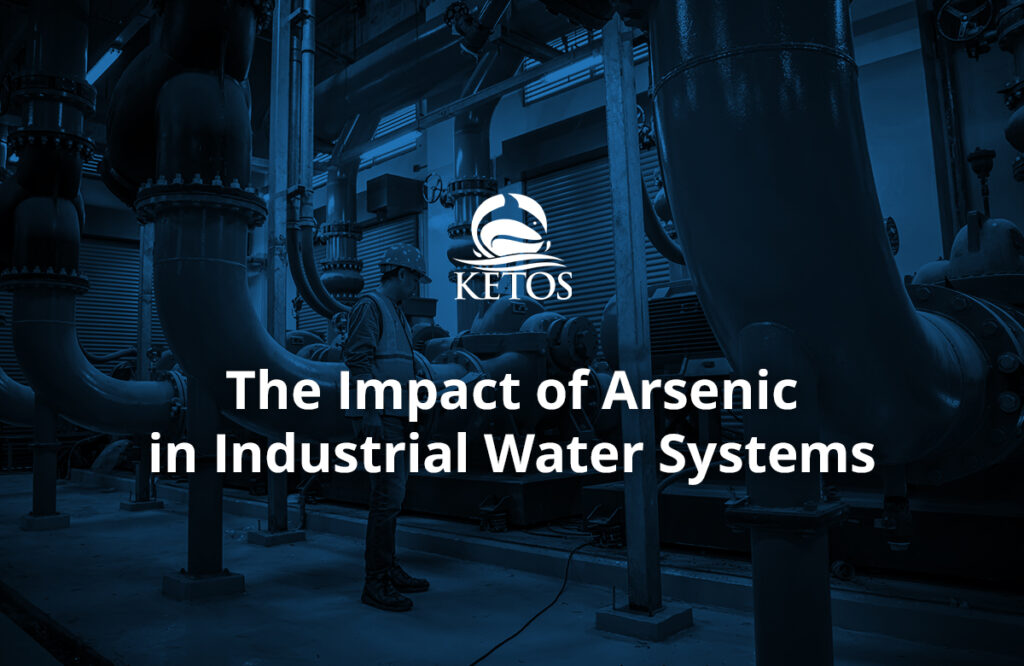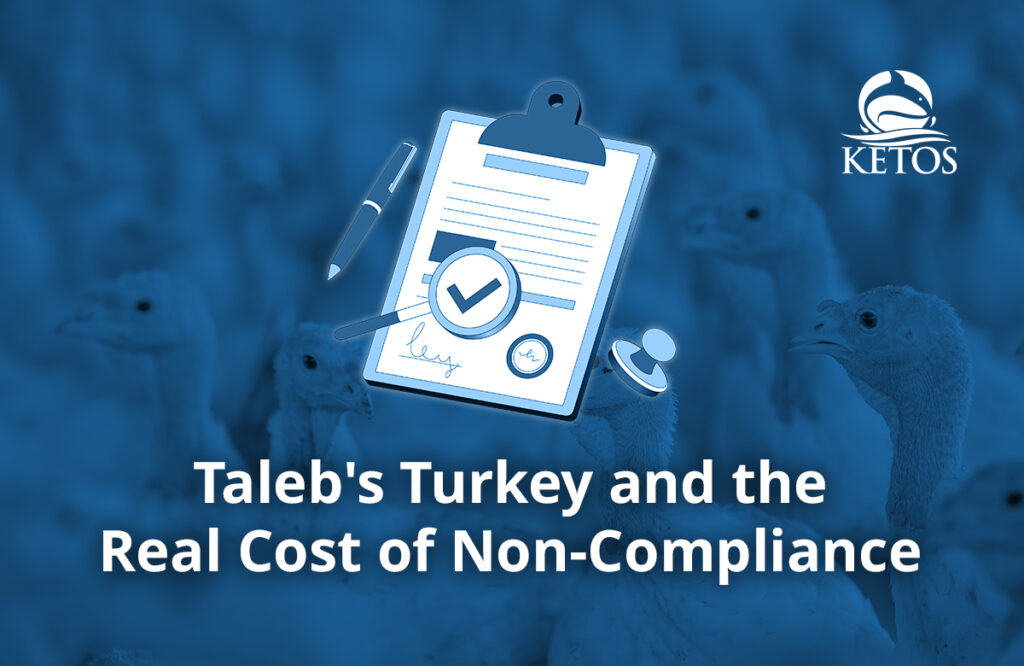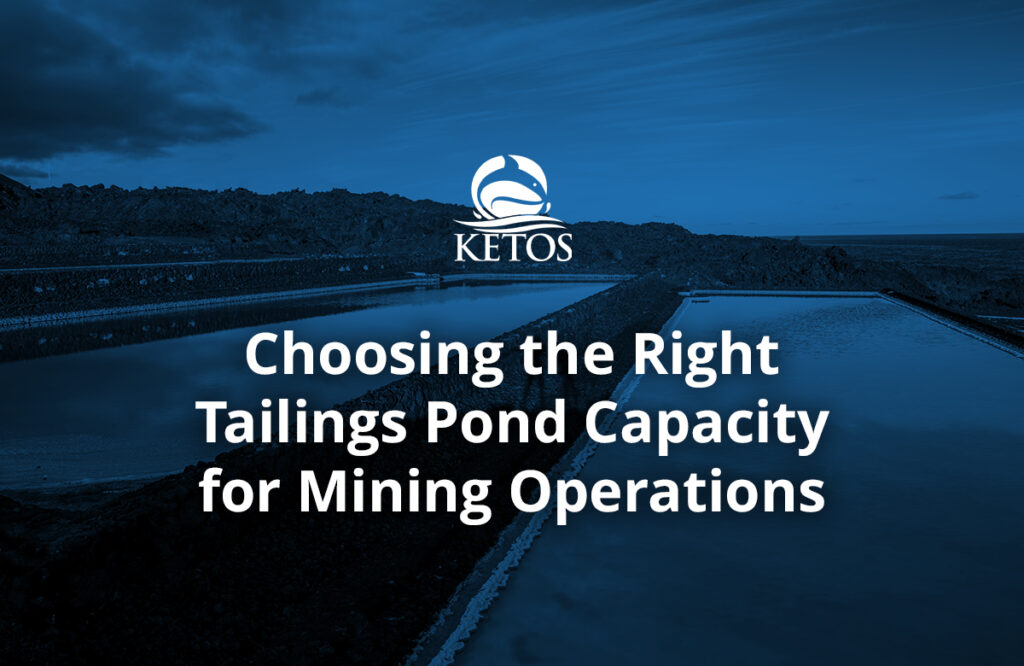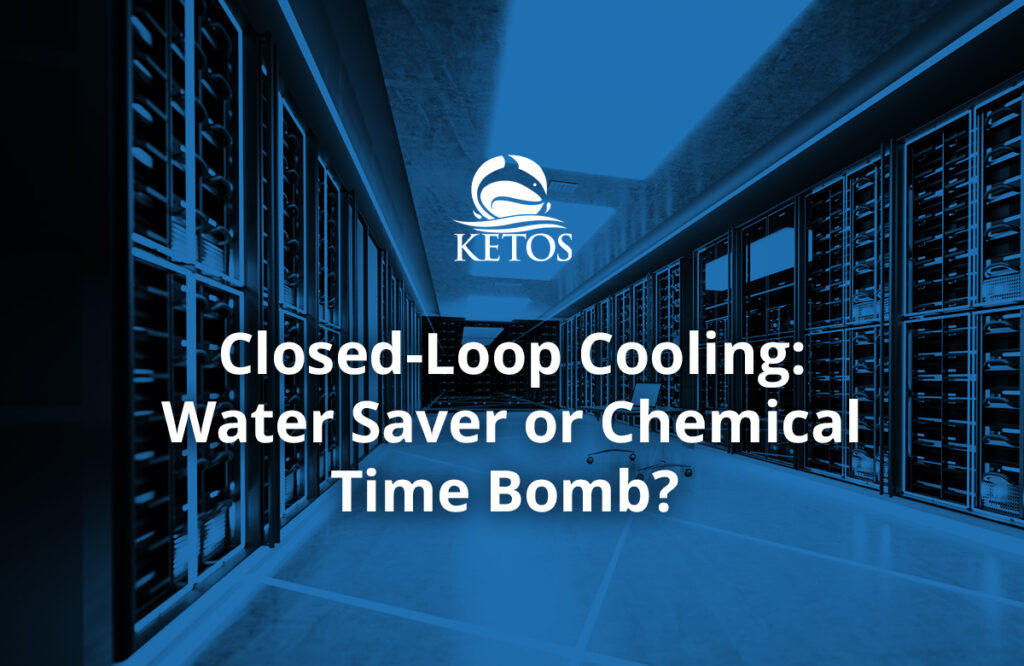Mining has long played a key role in supporting economic growth, infrastructure development, and industrial manufacturing. However, the legacy of mining operations often includes disturbed landscapes, contaminated water systems, and degraded soil structures. Addressing these long-term environmental impacts requires a shift toward sustainable mine reclamation. This approach integrates advanced technology, ecological restoration methods, and responsible waste management to support long-term recovery.
Key Priorities in Post-Mining Restoration
When a mine closes, the surrounding land is often degraded and unsafe for natural or human use. Reclamation is the structured process of reversing this damage and preparing the site for long-term recovery.
The process must address physical, chemical, and biological concerns to restore both function and safety. Key objectives typically include:
- Stabilizing soil to prevent erosion and runoff.
- Rebuilding vegetation and local ecosystems through soil remediation.
- Remediating water and soil contamination.
- Converting the land for post-mining use, such as agriculture or public spaces.
Achieving these outcomes requires more than surface-level rehabilitation. Sustainable mining minimizes damage throughout the mining lifecycle and integrates technologies for ongoing environmental monitoring.
Challenges Facing Sustainable Mine Reclamation
Mine reclamation projects often face a range of technical and environmental challenges that can delay recovery or compromise long-term success. These issues must be addressed early to ensure the land remains stable, safe, and suitable for future use. Key challenges include:
- Soil compaction: Heavy equipment and blasting reduce soil porosity, limiting root growth and water infiltration.
- Heavy metal contamination: Elements such as arsenic, lead, and mercury can migrate into surface and groundwater, posing risks to ecosystems and public health.
- Acid mine drainage: Sulfide minerals react with air and water, producing sulfuric acid that mobilizes toxic metals into waterways.
- Waste rock and tailings: Improper storage or containment of mining byproducts can lead to leaching, erosion, and long-term environmental hazards.
Effective reclamation strategies must be tailored to address these site-specific risks while ensuring that the restored land meets regulatory, ecological, and community standards.
Innovations in Reclamation Technology
Modern mine reclamation is no longer a manual, trial-and-error process. Reclamation technology has evolved to support faster, more accurate environmental restoration through tools like:
- Remote sensing drones: Capture topographic data and monitor vegetation growth.
- Soil amendment tools: Precisely apply nutrients, biochar, and pH stabilizers to enhance soil quality.
- Real-time water monitoring systems: Track contaminant levels and trigger alerts for rapid remediation.
- Geospatial analysis platforms: Model hydrology, vegetation, and erosion patterns for long-term planning.
These solutions reduce the need for repeated manual inspections and help reclamation teams make data-driven decisions that improve long-term outcomes.
Soil Remediation in Reclaimed Mine Sites
Rebuilding healthy soil is one of the most important aspects of sustainable mine reclamation. Soil remediation techniques vary based on contamination type, but common strategies include:
| Remediation Method | Description |
| Phytoremediation | Uses specific plants to absorb heavy metals or neutralize toxins. |
| Soil washing | Physically removes contaminants using chemical solutions. |
| Solidification/Stabilization | Involves mixing soil with binding agents to prevent leaching. |
| Organic amendments | Adds compost, biosolids, or biochar to improve structure and microbial activity. |
Proper soil remediation ensures that revegetation efforts are successful and helps support healthy microbial life, which plays a vital role in nutrient cycling and long-term land recovery.
Mining Waste Management Strategies
Mining waste, including overburden, tailings, and slag, must be carefully managed during and after operations. Poor handling of these materials can lead to water contamination, unstable land conditions, and serious health risks for nearby communities. Sustainable waste management practices focus on minimizing these impacts through strategic containment, reuse, and long-term monitoring.
- Encapsulating tailings in engineered barriers to prevent leakage.
- Reprocessing waste to recover remaining minerals.
- Converting tailings into building materials or backfill.
- Using biosolids or lime to neutralize acidic mine drainage.
Waste management plans must comply with local regulations and be designed to remain stable over decades, especially in regions prone to heavy rainfall or seismic activity.
Restoring Local Ecosystems and Biodiversity
Restoration efforts go beyond soil and water; they also focus on reintroducing native plant species and wildlife habitats. Reclamation teams may consult with ecologists to design custom seed blends and planting schedules that reflect local biodiversity. Key factors in ecosystem restoration include:
- Topsoil preservation and redistribution to support native species.
- Creating riparian buffers to protect waterways from erosion.
- Installing nesting boxes or shelters for native fauna.
- Monitoring ecological indicators like pollinator activity and species diversity.
With time, these efforts can transform former mine sites into valuable ecological corridors and community resources.
Monitoring and Compliance through Real-Time Technology
Long-term reclamation success depends on continuous monitoring and compliance tracking. Traditional lab testing methods are slow, labor-intensive, and unable to provide instant feedback. Advancements in sensor-based monitoring platforms now allow operators to:
- Receive alerts when water quality thresholds are breached.
- Monitor dozens of parameters, including pH, nitrates, dissolved oxygen, and heavy metals.
- Generate automated compliance reports for regulatory agencies.
- Reduce sampling labor by integrating with remote telemetry systems.
These tools also support better decision-making, reduce the risk of fines, and improve transparency with stakeholders.
KETOS Solutions for Smarter Reclamation and Compliance
For mining companies that require scalable and automated environmental monitoring, KETOS offers a fully integrated platform that enables real-time water quality testing across active and reclaimed mining sites. The patented KETOS SHIELD and KETOS WAVE systems monitor over 30 critical water quality parameters, including arsenic, pH, salinity, and heavy metals, without the need for manual sampling or frequent calibration.
With 24/7 remote monitoring, automated alerts, and predictive analytics, mining operators can quickly detect anomalies, manage compliance, and reduce operational risk. The KETOS platform is compatible with SCADA systems and other data sources, helping teams centralize insights and make informed environmental decisions from anywhere.
Through its unique $0 CAPEX model, KETOS eliminates upfront hardware costs and offers unlimited testing and user access for an annual service fee. Mining teams benefit from:
- Real-time monitoring of influent and effluent flows;
- EPA-compliant testing without sending samples to external labs;
- Seamless cloud integration and data warehousing; and
- Predictive insights to support proactive remediation and planning.
Whether you’re restoring water systems in remote mine sites or managing reclamation across multiple locations, KETOS helps streamline operations and ensure environmental accountability. Contact KETOS today to learn how your mining operation can transition to smarter, more sustainable reclamation practices with less effort and greater precision.
